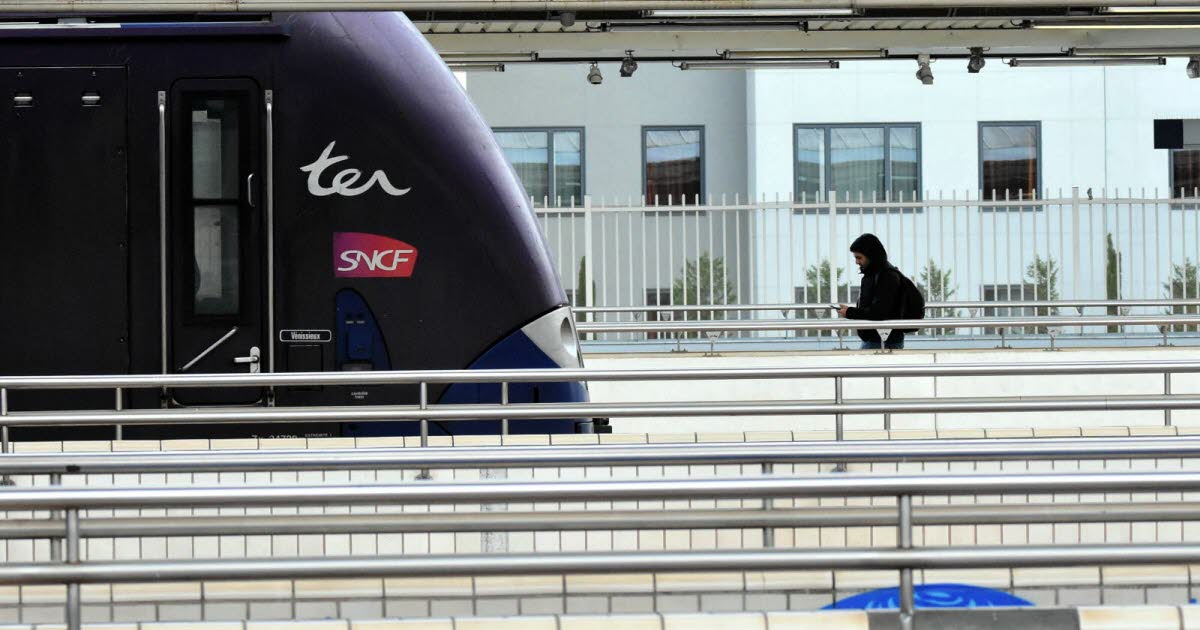Who uses regional trains the most in France? SNCF Voyageurs surveyed almost 44,000 customers to build a composite portrait of users of the Regional Express (TER) outside the Paris region, a mode of transport used by 1.3 million passengers daily. She presented her findings on Friday, April 26.
First observation: young people are overrepresented among TER users, whose number has increased by 21% since the last study of this scale, which dates back to 2019, illustrating the growing appetite of the French for the train. 60% of these young people are under the age of 35, although according to INSEE they represent only 28% of the total population.
18-26 years old on track, seniors lagging behind…
However, the most represented category remains the 18-26 age group, which makes up almost a third (32%) of TER users. The reason? “The regions accelerated between 2019 and 2023 in the price proposals favorable to young people,” analyzes Eric Steil, TER’s marketing director, during the press conference to present the study. “On the contrary, we are a bit frustrated because we have more difficulty getting the elderly to come to the train. They are price sensitive and we are in a generation that is still attached to the car,” he explains.
Those aged 60 and over represent only 10% of passengers compared to 34% of the total population. Students and schoolchildren represent 28% of travelers, the study points out.
As such, Transport Minister Patrice Vergriete announced the sale of an unlimited “Rail Pass” three weeks ago. Young people under 27 will be able to travel on all Intercités and TER trains from June to September for 49 euros per month. Emmanuel Macron promised this in September 2023 after a long interview with the young journalist Hugo Décrypt. When the president asked about the French equivalent of the German “D-ticket”, he replied “Banco!” » and they immediately tweeted about the implementation of the permit.
Remote work and TER go hand in hand
Another observation: higher socio-professional categories are better represented than workers and employees. 41% of TER passengers are considered CSP + (+6 points compared to 2019), while 19% are workers or employees (-4 points). But why is such a means of transport attractive among the rich? SNCF Voyageurs explains this mainly by the development of remote work. Some service sector workers decided to move away from their workplace after the pandemic, opting to take the train to get there once or twice a week, the company estimates.
The study brings other instructive elements regarding developments in our society. For example, in 2023, 9% of train passengers traveled with equipment such as a bicycle or scooter, which is an increase compared to 2019. The TER department of SNCF Voyageurs is therefore interested in a new fleet on order with more space for this equipment, but also development of secure bike parking at stations or self-service bikes integrated into TER tariff formulas.

